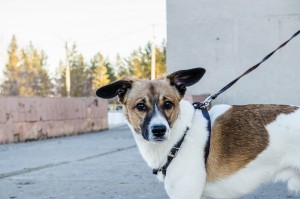Dog Leash Guide
Dog leashes can be found in a variety of styles. You can choose from retractable dog leashes, leather leashes, fashion leashes, hands-free leashes and much more. Countless color types are also obtainable and the weights are based around how big your pet is.
One of the first things to consider when leashing your pet is the age. Needless to say we all know an adult dog could have poor bones and arthritic joints and the younger dogs mainly are playful and considerably persistent. The variances in behavior require you to gauge your pet accordingly.
Puppies can be conscious and a little irritated when you start to walk them with a new leash. It is advised that you utilize a harness or perhaps a collar separate from the leash. This is because younger dogs can be very hot tempered and may chew the leash and damage it. They could also pull on the leash. In this case, you need a harness to avoid harming your pet.
Older dogs usually take longer to conform to the leash, particularly if they weren’t raised with one.
To avoid your pet getting irritated, place the leash on the neck of your dog when they are eating or doing something enjoyable for them.
Be patient to steer your puppies since many of them tend to grasp and untie the collar. A leash can be distracting for them during their first week with it. Give your pet your full attention until he or she gets better accustomed to it.
If you think your pet is already comfortable with the leash, you may take your pet for a walk in the park. Adhere to your dog as he roams around while keeping the leash. As soon as your dog notices the leash, quickly provide him a meal or dog treat. As a result, you as well as your dog could have the leash connected with the daily routine.


